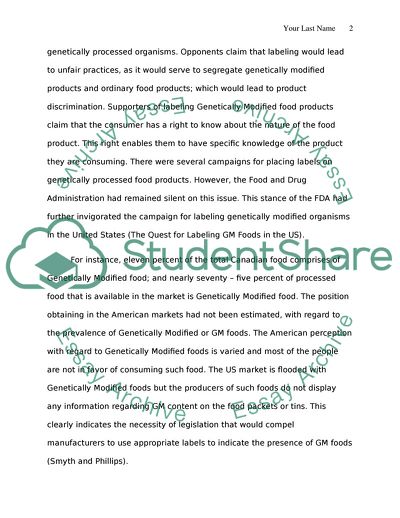Cite this document
(Genetically Modified Foods Assignment Example | Topics and Well Written Essays - 2750 words, n.d.)
Genetically Modified Foods Assignment Example | Topics and Well Written Essays - 2750 words. https://studentshare.org/health-sciences-medicine/1713488-genetically-modified-food
Genetically Modified Foods Assignment Example | Topics and Well Written Essays - 2750 words. https://studentshare.org/health-sciences-medicine/1713488-genetically-modified-food
(Genetically Modified Foods Assignment Example | Topics and Well Written Essays - 2750 Words)
Genetically Modified Foods Assignment Example | Topics and Well Written Essays - 2750 Words. https://studentshare.org/health-sciences-medicine/1713488-genetically-modified-food.
Genetically Modified Foods Assignment Example | Topics and Well Written Essays - 2750 Words. https://studentshare.org/health-sciences-medicine/1713488-genetically-modified-food.
“Genetically Modified Foods Assignment Example | Topics and Well Written Essays - 2750 Words”. https://studentshare.org/health-sciences-medicine/1713488-genetically-modified-food.


